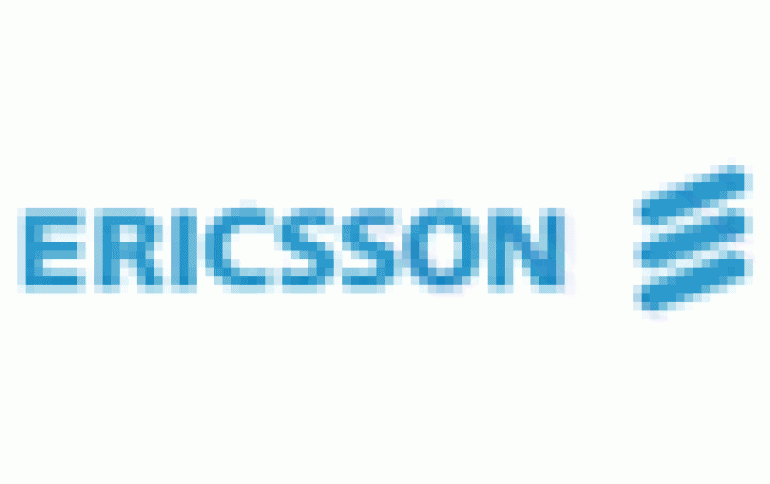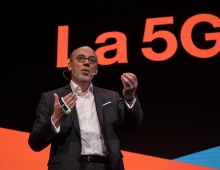
Ericsson, Nokia Eye 450 Mhz GSM technology
Ericsson said on Tuesday it would begin to offer GSM technology using the 450 Megahertz radio spectrum, which is seen as cutting costs for operators, particularly when covering rural areas.
Its announcement came as rival Nokia, the world's biggest maker of mobile phones, also said it was interested in GSM technology being used on the frequency.
GSM networks currently use mostly 900/1800/1900 MHz frequencies. The lower frequency 450 MHz bandwith would allow the network builders to cover the same area with fewer base stations.
"Ericsson GSM 450 will particularly help to bring mobile services to remote areas previously considered not feasible to cover," the company said in a statement.
"Better coverage with lower operating costs is one result of the new technology," it added.
Many operators are currently replacing their networks in 450 MHz, used by the aging NMT analog mobile phone networks, with more advanced digital alternatives.
Nokia said it backed GSM mobile technology on the 450 MHz frequency as it would cut the cost of phones and services vital for growth in emerging markets.
"For regions licensing a 450 MHz frequency band, GSM technology can provide a cost conscious alternative and thus enable mobile communications for a broad consumer base in very price sensitive markets," it said in a statement.
"A GSM 450 frequency is a viable solution in providing affordable handsets and mobile voice-centered services to new growth areas with a low teledensity," it added.
GSM Association said one of its around 680 operator-members has a license to operate a GSM 450 network in Tanzania.
GSM networks currently use mostly 900/1800/1900 MHz frequencies. The lower frequency 450 MHz bandwith would allow the network builders to cover the same area with fewer base stations.
"Ericsson GSM 450 will particularly help to bring mobile services to remote areas previously considered not feasible to cover," the company said in a statement.
"Better coverage with lower operating costs is one result of the new technology," it added.
Many operators are currently replacing their networks in 450 MHz, used by the aging NMT analog mobile phone networks, with more advanced digital alternatives.
Nokia said it backed GSM mobile technology on the 450 MHz frequency as it would cut the cost of phones and services vital for growth in emerging markets.
"For regions licensing a 450 MHz frequency band, GSM technology can provide a cost conscious alternative and thus enable mobile communications for a broad consumer base in very price sensitive markets," it said in a statement.
"A GSM 450 frequency is a viable solution in providing affordable handsets and mobile voice-centered services to new growth areas with a low teledensity," it added.
GSM Association said one of its around 680 operator-members has a license to operate a GSM 450 network in Tanzania.





















